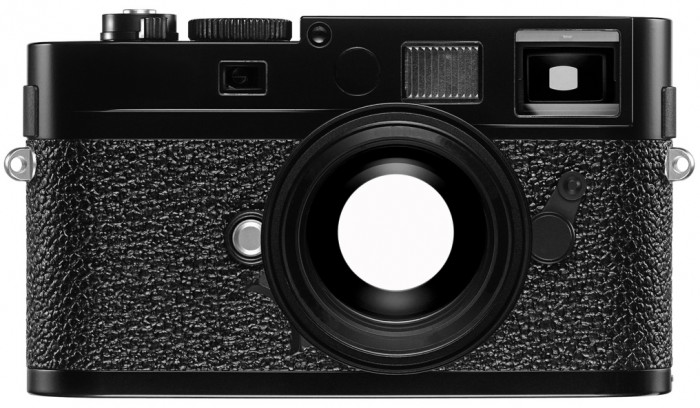
Arena >>Dove sarei arrivato se fossi stato intelligente!<<
A slightly crumpled sepia coloured souvenir picture card opens the set of seven panels in this portfolio of Joseph Beuys’s Arena – where would I have got if I had been intelligent!. Entitled Verona Arena, it is the only image that is not Beuys’s own photograph or better to say Ute Klophaus’s (as she photographed most of his ‘Aktionen’ / performances and installation pieces). Mounted singularly and centre stage within one of the hundred grey painted panels, it is a visual footnote to the title and to Beuys’s mind-set when installing his own arena of photographs at the Modern Art Agency in Naples in 1972.
The hundred heavy aluminium panels, each of an identical size and designed by himself, were leaning against the walls winding around the entirety of the rectangular gallery space; some even stapled, blinding the sight onto the panels behind, as if storing this photographic archive just as staging it. During the opening night in June 1972, Beuys was lying for almost three hours on the gallery’s floor encircled by photographic remnants of concerts, performances, objects, materials, tools, and personal moments from the time between 1949 and 1971. Wearing a wreath made of a vine branch on his head like Bacchus, Beuys rubbed continuously the sides of two copper plates with his oiled fingers (the gesture of anointing leads us to Beuys’s identification with Christ (agnus castus, God’s pure lamb). In this performance Vitex agnus castus, Beuys slowly reached a state of electrified trembling that shivered through his whole body arriving in Dionysian excess and at the same time a state of suffering, while he repetitively shouted: “Ich strahle aus!” (I am radiating).
The gelatine silver process being based on the receptiveness of silver halides to radiating light in order to react and to form the photographic image on the photosensitive paper could be regarded as suitable material for Beuys to capture emitted energy and therewith to proof its presence. A silver gelatine photograph is but the visible record of energy that has been transformed into a static constellation of atomic silvers. However, for two reasons Beuys was sceptical towards photographic representations: the first lingers in the name of the fluxus movement (which Beuys joined in the sixties) as flowing or fluid opposed to the ‘frozen’ trait of a photograph. The second is rooted in Beuys’s general scepticism towards art’s primary occupation with visibility overruling and ignoring the other senses to perceive hidden powers. The camera is pre-eminently an extension of human sight, which Beuys associated with the ‘cold’ or analytical side of modern life that he contrasts with his ‘warm’, more intuitive and inclusive worldview.
So there is a lot we do not see in Arena’s silver gelatine photographs that are either out of focus, torn, cropped, overpainted with wax or sulphur, badly lit, poorly developed, treated with acid or otherwise obscured. The way Beuys composed each frame does not follow any (chrono-)logical order or aesthetic reasoning. Maybe more appropriate is to wonder what we perceive in case we see them with all our senses? What if we foremost witness the energy released from Beuys’s rituals and objects although all there is, are traces of traces of traces of …? In one of the few texts on Arena, Peter Schjedahl describes this autobiographic artist portrait as “[…] a souvenir of souvenirs, a dried garden of dried flowers. It succeeds in conjoining, for anyone willing to play along, a physical here-and-now with a mental there-and-then and even a mystical above-and-beyond, a firmament of flowing inspirations” (1992).
Being it his heroic battleground, the enshrining of his work or a collection of clutters, Arena startles us and seduces us to see where we will get if we would be less intelligent, looking at the taken for granted with closed eyes and not seeking literal explanations for all we see.